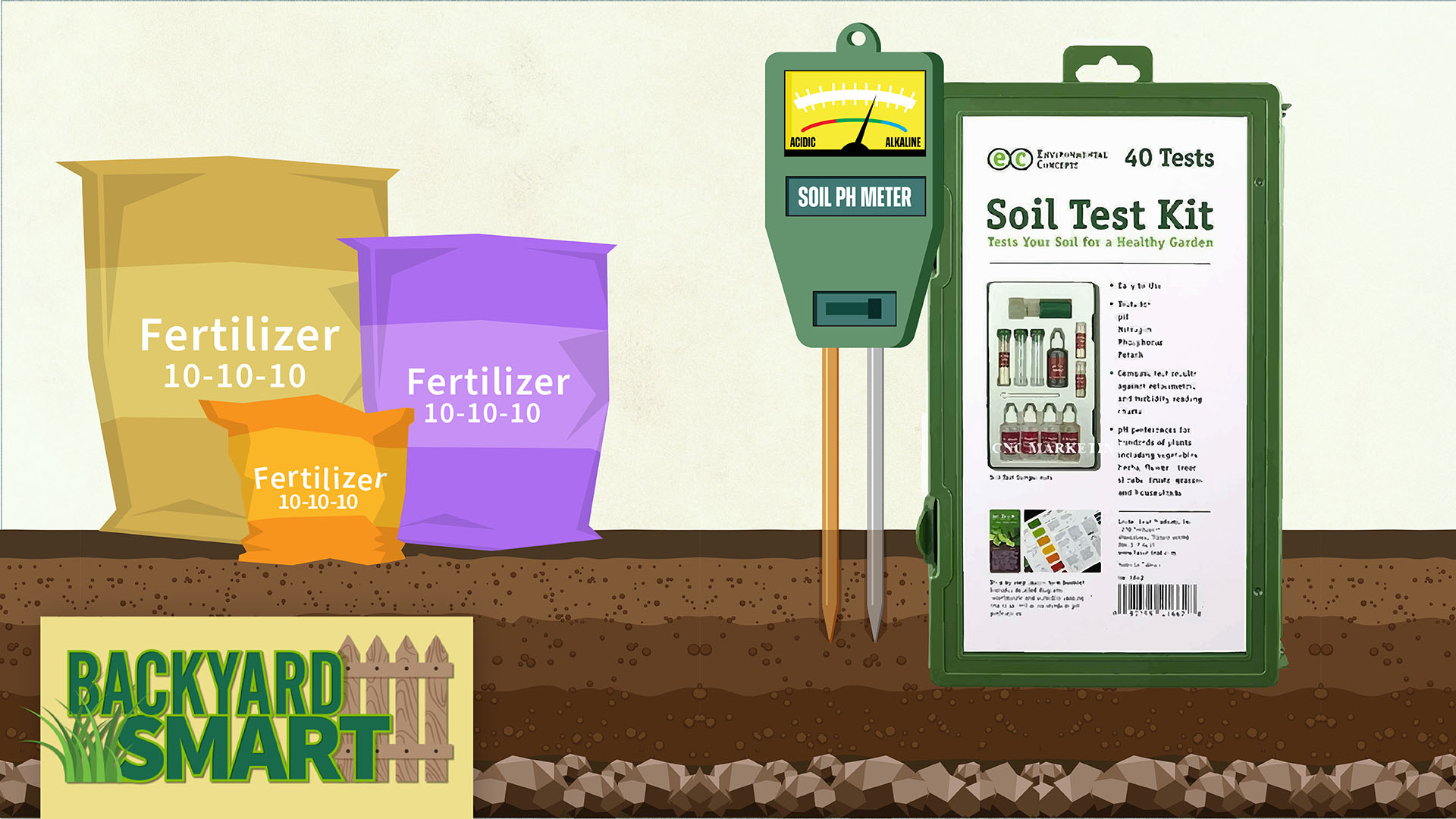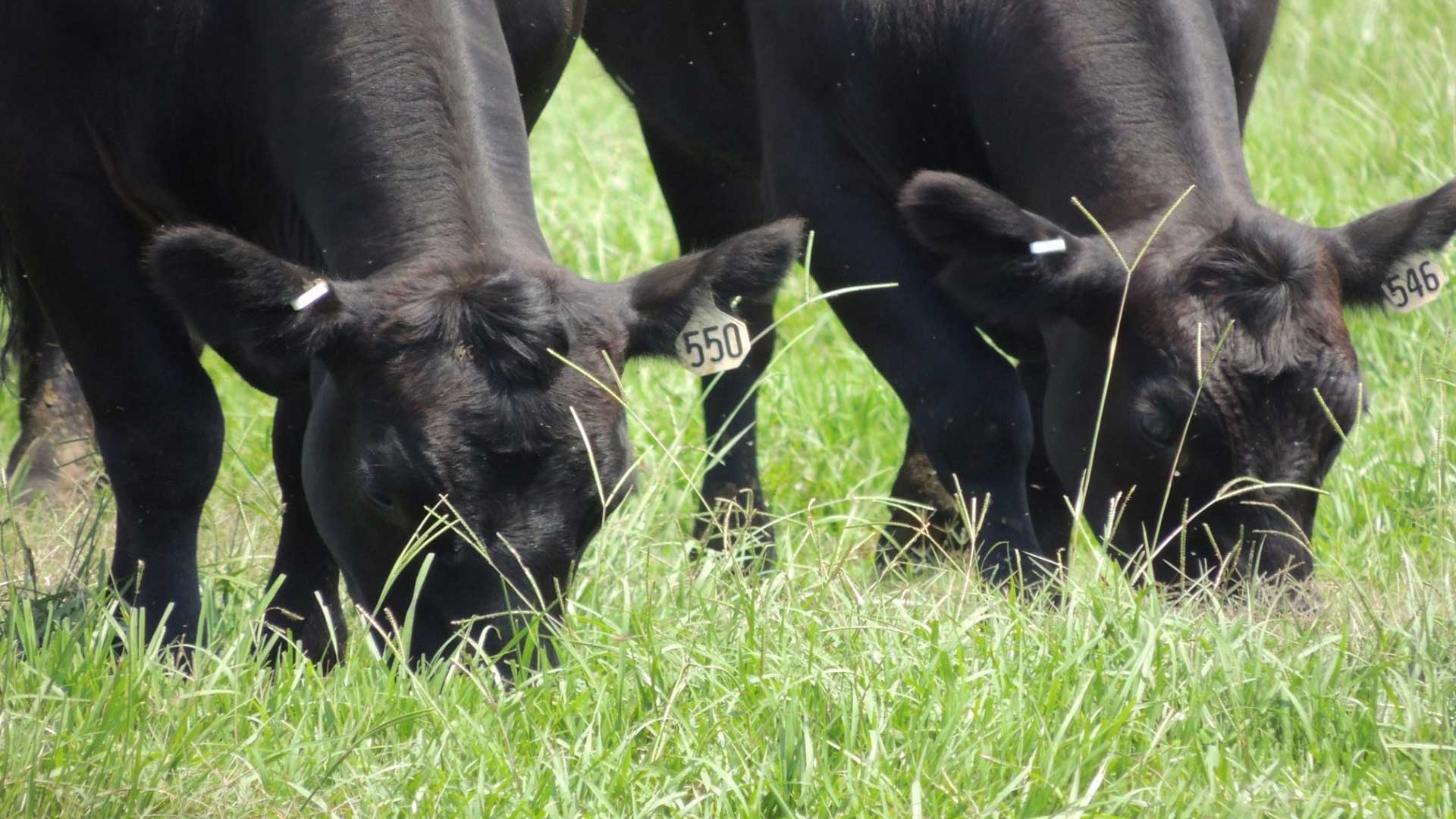There’s nothing better than a green, healthy pasture. But did you know, aside from mowing, there are other critical pasture management strategies to undertake to help your pasture thrive? That’s where soil testing for fertility management comes into play. Soil is the lifeblood of pasture grasses—supplying nutrients, minerals, oxygen, and moisture. Follow along to get the low-down on soil fertility testing to maintain the health of your pastures.
Soil Fertility Testing and Management Basics
The best time to test your soil is in the fall, before the growing season begins, but you don’t need to do it every year. Approximately every three years is best—especially before undertaking any renovating or reseeding endeavors. Soil test kits are affordable and available from your State Cooperative Extension office, or through a private agricultural consultant. New seed is a financial investment, so it pays to ensure your soil can support new vegetation through testing before purchasing.
Low soil fertility correlates with poor vegetative grown, inability to tolerate grazing pressure, lower forage nutrient quality, and increased susceptibility to weed growth. The most important parameters of soil fertility include pH, phosphorus (P), and potassium (K) levels. Nitrogen (N) is also a critical component for plant lifecycles; however, it is a volatile nutrient and changes forms in the soil, meaning it is difficult to reliably measure in a standard soil test. Soil testing is also likely to include minerals such as magnesium (Mg) and calcium (Ca), so you might need to factor those into your management program when you receive your results.

RECOMMENDED VIDEO:
The Benefits of DIY Soil Test Kits
Everyone does better with a checkup, and so does your soil! Among the many things you have to consider while prepping your garden for the season, soil testing is one of the most important things you can do. But did you know that you can give your soil a checkup without having to send it off to a local lab? Follow along and discover how you can help your harvest thrive with a quick, store-bought DIY testing kit.
Test, Don’t Guess
Fertilizer and lime should always be applied based on test result recommendations. It’s environmentally friendly, and fiscally smart, to only use fertilizer when necessary. This prevents runoff to adjacent streams and avoids over-application, if not necessary.
How To Take Soil Samples
Your test results and fertility recommendations are only as good as the soil samples you take! When you send your samples in for testing, the lab is analyzing one cup as representation of an entire pasture. Follow these tips to obtain a quality sample:
- Walk the pasture with a 5-gallon bucket and a shovel or soil probe and take at least 10 to 20 samples per pasture. Test each pasture independently, unless they have identical management (i.e., same animal numbers, identical manure or fertilizer application, etc.)
- To ensure a randomized sample, walk and sample in a zig zag pattern.
- Avoid areas of disturbance: meaning, any area of the pasture that appears different (i.e., congregation areas by the feeder or water trough, areas with frequent manure or urine application, or wet ponding areas of the pasture). These areas will skew the sample.
- For pasture grass with no tillage, sample only 3 to 4 inches down.
- Once you’ve taken your sample, mix the soil in the bucket thoroughly, and remove any abnormalities like grass, rocks, roots, or soil clods. Spread the soil on newspaper and allow to air dry.
- Mail in one small scoop, which represents the soil of the pasture.
Next Steps After Soil Testing
Soil test results are typically returned with fertility recommendations. This includes: fertilization (N, P, and K) and lime that’ll you’ll need to add to adjust pH as necessary. Other mineral corrections such as magnesium and calcium could also be recommended, both of which are best adjusted through lime. It’s best to lime in advance of planting new seed, as nutrients are most available when the pH is appropriate. Note that it can take several years for soil-applied lime with no tillage to penetrate and adjust the pH throughout the soil profile.
Staying on top of fertility through routine testing, and following a “build and maintain” approach, will ensure that your soil fertility is best managed to support your pasture grasses. When considering fertilizer type, organic sources such as manure provide excellent nutrient content and organic matter to support aeration and healthy soil structure. In conjunction with soil fertility, grazing management strategies, such as rotational grazing, should also be utilized to support pasture vegetation.
References:
- https://extension.psu.edu/soil-fertility-for-pasture-or-hay-renovation-or-establishment
- https://extension.missouri.edu/publications/g9215
- https://www.farmanddairy.com/columns/soil-test-hay-and-pasture-fields-to-maximize-production/739743.html
- https://www.farmanddairy.com/columns/soil-test-hay-and-pasture-fields-to-maximize-production/739743.html




